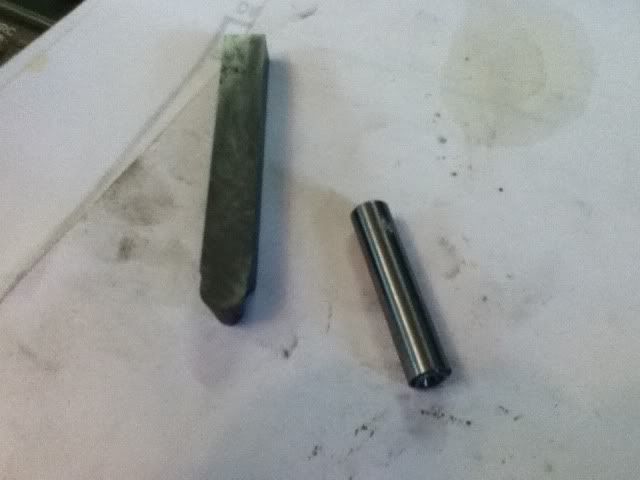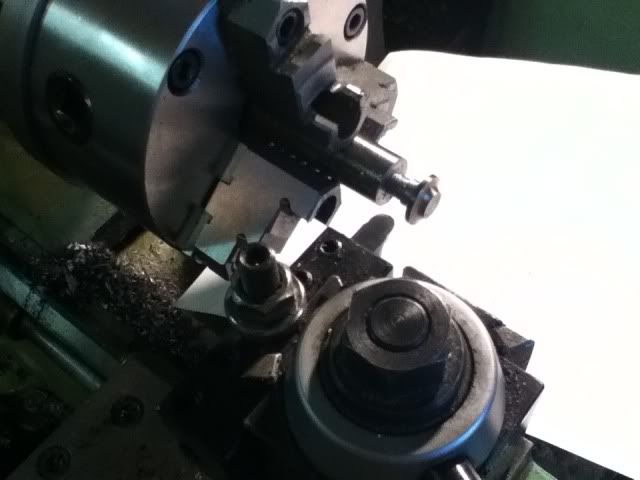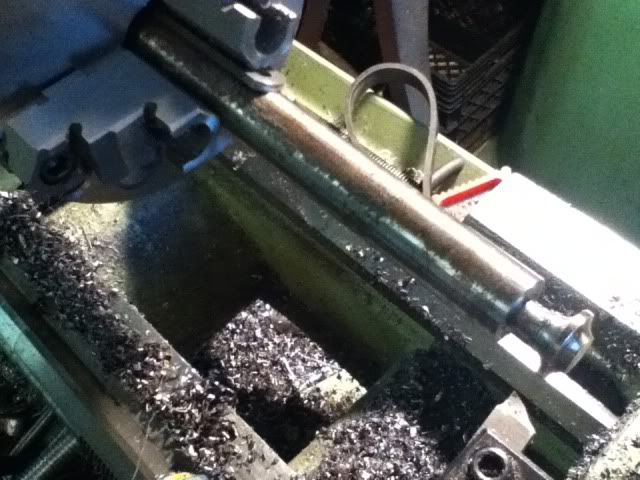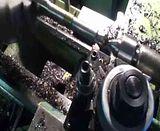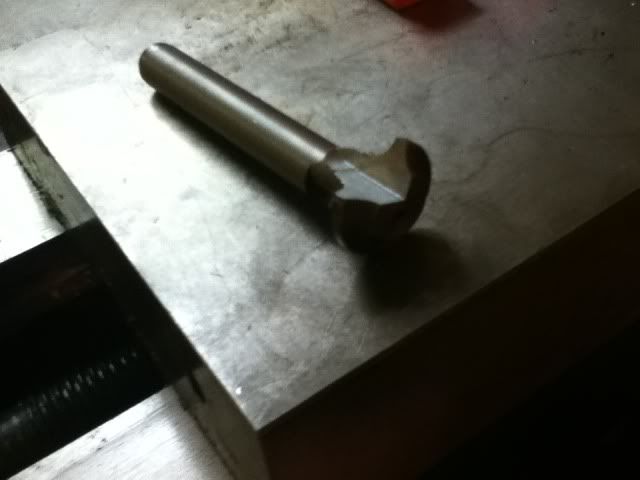iwananew10K
Diamond
- Joined
- Sep 12, 2010
- Location
- moscow,ohio
a recent project requires me to make a gear that I cannot get commercially.
I figure this happens to many guys and can stall an otherwise good project.
it`s actually not hard to make one- all you need is some 0-1 steel and you can make your own cutter.
first read this- (thanks to John Stevenson)
GEAR CUTTING
note that the chart shown is for 20PA gears, your South Bend uses 14.5PA - for the 14.5PA chart see post #25 from this HSM thread (thanks again to John Stevenson for working it up)
Gear cutting with forms - Page 3
with this knowledge it`s just a matter of plugging in values and making your cutter- I take a little different route to making it that any hack can duplicate... it`s a spur gear for a lathe and it doesn`t require super precision to make a gear that will work nicely in this type of application.
I`m just going to show how I make the cutter - indexing and cutting the gear is up to you...
continued in the next post
I figure this happens to many guys and can stall an otherwise good project.
it`s actually not hard to make one- all you need is some 0-1 steel and you can make your own cutter.
first read this- (thanks to John Stevenson)
GEAR CUTTING
note that the chart shown is for 20PA gears, your South Bend uses 14.5PA - for the 14.5PA chart see post #25 from this HSM thread (thanks again to John Stevenson for working it up)
Gear cutting with forms - Page 3
with this knowledge it`s just a matter of plugging in values and making your cutter- I take a little different route to making it that any hack can duplicate... it`s a spur gear for a lathe and it doesn`t require super precision to make a gear that will work nicely in this type of application.
I`m just going to show how I make the cutter - indexing and cutting the gear is up to you...

continued in the next post


